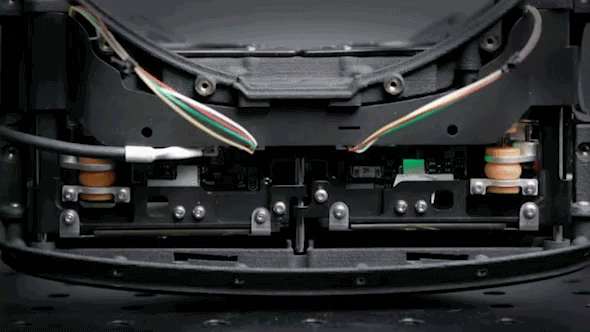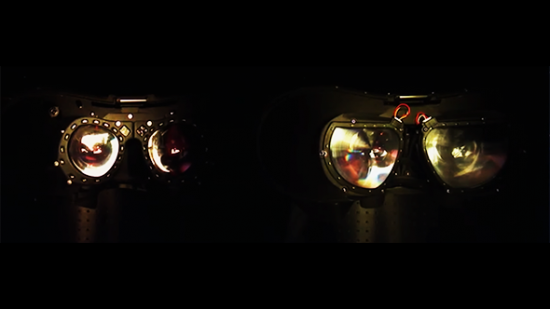Facebook’s new Oculus headset prototype, named Half Dome, is shaping up to change how VR is experienced and even developed. The Oculus VR team have started work on some pretty major upgrades for the next-generation VR headset, including realtime focus-adjusting, varifocal tech.
Not all graphics cards make the cut for VR. Here are the best graphics cards around that manage virtual worlds with ease.
While VR headsets come and go, the tech inside them remains relatively iterative – but the Oculus Team want to change that. At day two of Facebook’s F8 developer conference they’ve unveiled the Half Dome prototype, packed with their motorised focal plane system.
The varifocal tech reduces the blurriness of objects that appear or move close to your virtual eyeballs. Head of core tech product management at FB, Maria Guajardo, points out that usually devs are required to keep objects roughly around 2 metres away from the user’s eyes for the best clarity, but with varifocal tech, this distance is no longer required. You are free to get your get up close and personal with all that VR can offer.
Here’s the varifocal tech in action, which moves the screen depending on what the user is looking at in virtual reality.

This prototype also features a much wider field of view than the current generation of headset, at 140° degrees compared to the standard 110° degrees available today. When shown side-by-side the difference in size of the lenses looks huge.
It’s pretty amazing tech if it ever makes it to commercial headsets. However, it does look worryingly expensive to produce and, more importantly, difficult to upkeep. If that varifocal motor starts to slow down, or gets stuck as the headset ages, then you’re likely to be on a one way trip to vomitsville.
According to Guajardo, the system has been refined to a point where users cannot notice vibration or noise from the motorised system, while weighing the same and fitting into the same form-factor as the original Oculus Rift system. Impressive.
If Facebook and the Oculus team can manage to incorporate the varifocal tech, alongside the controller-free hand tracking that was also demo’d at F8, the next-generation of Oculus Rifts could create immersive VR and VR games that makes today’s headsets look archaic.
